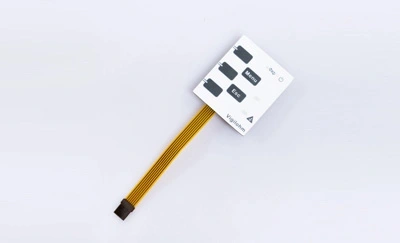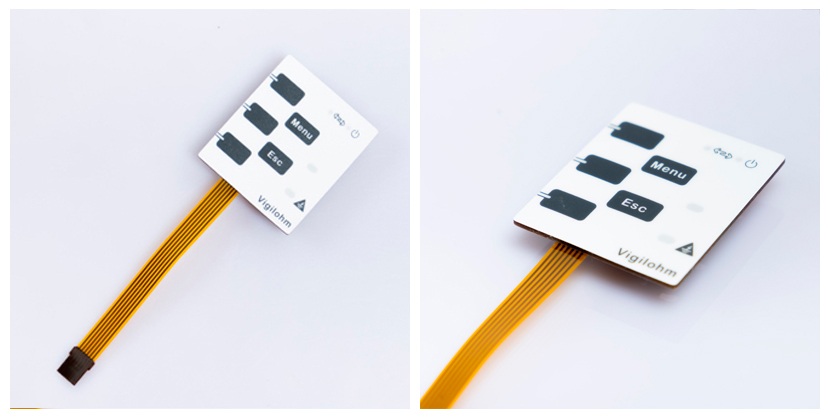
Parameter | Description | Typical Values or Range |
Operating Voltage | The voltage at which the switch operates effectively. | 0-35 V DC |
Operating Current | The current level for optimal switch performance. | 5-100 mA |
Contact Resistance | Resistance offered by the switch when closed. | 0.5 - 10 Ohms |
Insulation Resistance | Resistance offered by the switch materials to prevent leakage currents. | 100 MΩ at 100 V DC |
Dielectric Strength | The maximum voltage the switch can withstand without breakdown. | 250 Vrms (minimum) |
Actuation Force | The force required to activate the switch. | 15-500 g |
Life Expectancy | The number of cycles the switch can operate without failure. | 1 million to 5 million cycles |
Operating Temperature | The range of temperature within which the switch operates reliably. | -40°C to +85°C |
Storage Temperature | The range of temperature at which the switch can be stored without damage. | -40°C to +85°C |
Humidity Resistance | The level of moisture resistance offered by the switch. | Up to 90% RH at 40°C (non-condensing) |
Switch Bounce | The time duration for stabilization of contact after actuation. | <5ms |
Actuation Travel | The distance the actuator must travel to close the switch. | 0.1 to 1.5 mm |
Substrate Material | The material used for the switch backing. | Polyester, Polycarbonate, etc. |
Overlay Material | The material used for the switch surface. | Polyethylene Terephthalate (PET), etc. |
Adhesive Type | The type of adhesive used to bond layers. | Pressure-sensitive, heat-activated, etc. |
